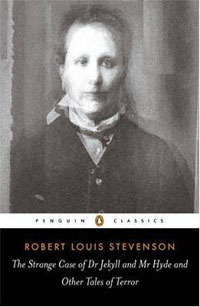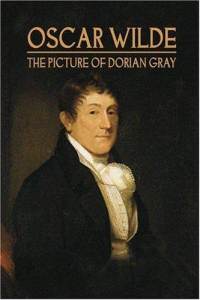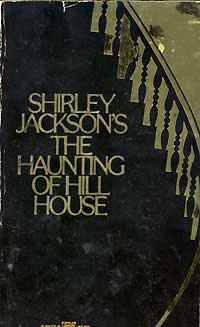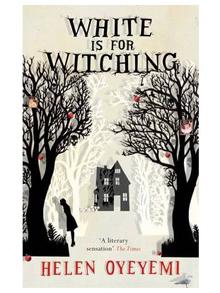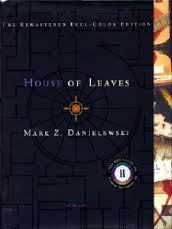2. Shirley Jackson’s The Haunting of Hill House (1959) and Helen Oyeyami’s White is for Witching(2009)
Ok, so I’ve been a little cheeky here. But, in my defence, I was so stricken by the similarities between the two books – despite them being written fifty years apart – that I thought I might just be able to get away with it. Considered one of the best literary ghost stories of the twentieth century, The Haunting of Hill House plays with the relationships between the mysterious events in the old mansion and the psyche’s of its inhabitants. Following a similar narrative (but not quite enough to call it outright copying), White is for Witching is a wonderfully updated haunted house story that adopts a postmodern style. The sentence and narrative structure may be confusing to some, particularly when the narrative voice switches midway through a sentence, but this is one of the things that I actually loved about the book – it’s utilization of the traditional haunted house story and the unconventional manner in which it has been reinvented. I highly recommend reading The Haunting of Hill House first, and then White is for Witching, because the similarities between both the plot and the characters are incredibly interesting, particularly in relation to female protagonists and their spectrality. Alternatively, you can just enjoy the spookiness.
The Haunting of House Hill (US)
The Haunting of House Hill (UK)
White is for Witching (US)
White is for Witching (UK)


